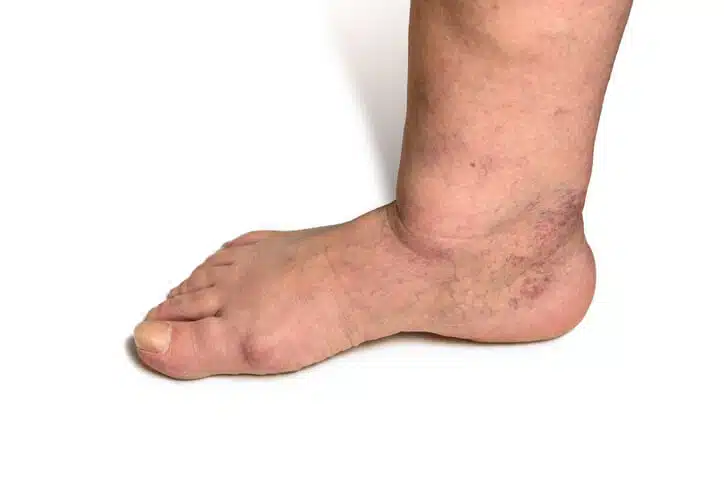
For individuals living with diabetes, proper foot care is highly important. Diabetes can affect the nerves and blood vessels, increasing the risk of foot complications.
If you have been diagnosed with diabetes, you may be afraid to lose your toe, foot,or leg. Uncontrolled diabetes can lead to that. Even the less severe complications, like diabetic sores, can severely impact your daily life, which is why you must be extra vigilant.
By taking proper precautions and identifying early signs of diabetic foot problems, you can lower the risk of developing podiatric issues. Here, we give you signs and symptoms to watch for.
#1 Skin Tingling
Peripheral neuropathy, or nerve damage in the extremities, is a common complication of diabetes. An early sign of diabetic neuropathy is a sensation of tingling in the toes and feet. This is called paresthesia and occurs when nerves react to stress, sending signals that create the tingling sensation.
#2 Loss of Sensation
Another effect of nerve damage is the loss of sensation. Diabetics often report feeling numbness in their extremities, and this is why skin breaks can become challenging to detect. Since loss of sensation is a common symptom of diabetic nerve damage, patients are advised to check their feet regularly for any scratches, scrapes, and punctures.
#3 Slow Healing Sores or Wounds
Diabetes can impair blood circulation and weaken the immune system, making it difficult for the body to heal wounds and sores at a normal rate. Even the most minor cuts, blisters, or scratches can become problematic and lead to complications if they don’t heal promptly.
If you notice wounds on your feet that are slow to heal or seem to be getting worse, seek medical attention for proper diabetic wound care.
#4 Fungal Infection
Diabetics tend to have chronic fungal infections. Fungal infections of the foot can affect the nails or between the toes (Athlete’s foot). It could be due to the high blood glucose levels affecting the body’s ability to fight pathogenic bacteria and fungi. In addition, sugar also stimulates the growth of fungi. As a result, the yeast that lives in the body multiplies and grows beyond normal levels.
It can be tricky to treat a fungal infection in diabetes patients, which requires comprehensive care.
#5 Pain and Swelling
Two of the most common problems among diabetics are pain and swelling in the feet, which is why they need specialized foot and ankle care. The swelling may be caused by poor blood circulation and fluid retention, in addition to nerve damage and slow-healing sores that can become a problem.
#6 Changes in Skin Color and Texture
The skin on a diabetic’s foot may start to thicken and change in color. Diabetes affects the smaller blood vessels and causes the skin to become discolored, looking like there are brown patches on the skin or a darkening in skin folds.
To ensure you catch these issues early, inspect your feet on a regular basis, so you can act quickly. If you have difficulty seeing your feet, use a mirror or ask a family member for assistance, or visit a doctor who specializes in diabetic foot care. It is also critical to control your blood sugar levels to preserve foot health.
Diabetic Foot Management in North Dakota
Dr. Chad B. Carlson is the talented foot and ankle surgeon at The Bone & Joint Center. Dr. Carlson is highly skilled in podiatry, podiatric reconstruction, and deformity repair, and is a top diabetic foot doctor in North Dakota.
To schedule an appointment with Dr. Carlson, call our office today at (701) 946-7400 / (866) 900-8650 or use our online form to send an appointment request.

